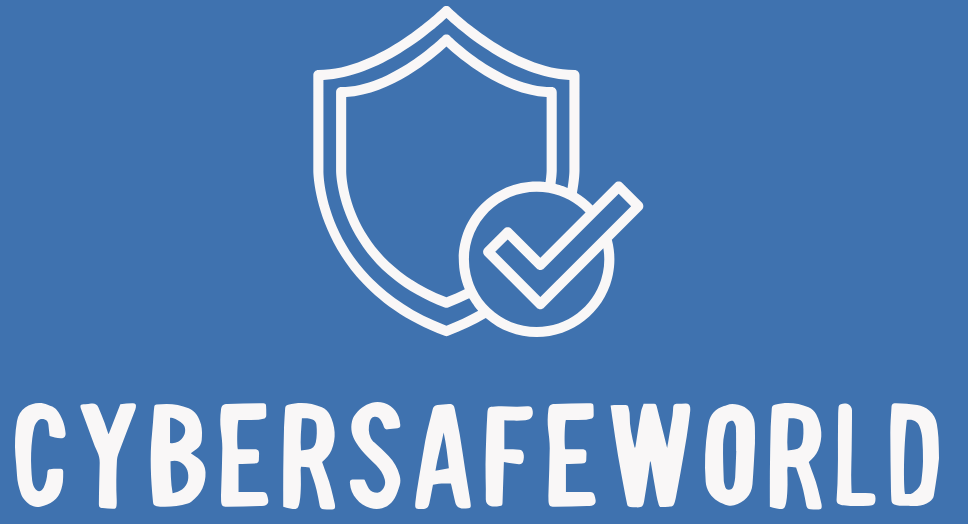Let’s be real — kids today are growing up in a world where being online is just part of everyday life. Whether it’s watching YouTube, gaming with friends, or chatting on social media, the internet feels like their second home. But as much as it connects us, it can also open doors to risks like scams, cyberbullying, and privacy breaches. That’s why teaching kids and teens about online safety isn’t just smart — it’s essential.
According to a 2024 Pew Research study, over 95% of teens use the internet daily, and nearly 60% have been contacted by strangers online. Those numbers make one thing clear: cybersecurity education needs to start early.
1. Start with open conversations.
Before diving into rules, it’s important to create a space where kids feel comfortable talking about their online experiences. Ask them what apps or games they use and what they like about them. Listen without judgment — the goal is to build trust, not fear. When kids know they can talk to you about weird messages or uncomfortable situations, they’re more likely to reach out before a problem grows.
2. Teach the importance of privacy.
Kids often don’t realize how much personal information they share online. Explain why they shouldn’t post full names, addresses, school names, or daily routines. Even something as simple as tagging their location can reveal too much. Encourage them to use strong, unique passwords and never share them with friends — even best friends.
3. Discuss the dangers of oversharing and digital footprints.
Everything posted online leaves a trace. Show them examples of how old posts or comments can resurface years later and affect opportunities like college admissions or jobs. The rule of thumb? If you wouldn’t say it in front of your teacher or grandparents, don’t post it online.
4. Keep an eye on online interactions.
Not everyone online is who they claim to be. Teach your kids how to spot red flags like strangers asking for personal photos, trying to move conversations to private platforms, or offering gifts. Make sure they understand that it’s okay to block or report someone who makes them uncomfortable.
5. Set healthy screen time and device rules.
This isn’t about control — it’s about balance. Set clear boundaries for when and where devices can be used, especially before bedtime. Many families find it helpful to create a “tech-free zone” at dinner or family time to stay connected offline, too.
6. Lead by example.
Kids learn best by watching. If parents practice good cybersecurity — using strong passwords, avoiding suspicious links, and being respectful online — kids are more likely to do the same.
Real-world example: In 2023, a popular gaming app was hacked, and millions of users’ data — including chat logs — were leaked. Many teens didn’t even realize that their conversations could be accessed publicly. It was a wake-up call about why privacy settings and awareness matter, even in games.
7. Use parental controls — but combine them with education.
Tools like content filters or monitoring apps are helpful, but they shouldn’t replace communication. The goal is to teach kids why certain protections exist so they eventually make safe choices on their own.
At the end of the day, keeping your family safe online is about teamwork. Parents, kids, and teens can all cooperate to create a positive, secure digital environment. The internet isn’t going anywhere — so the more we teach, the safer everyone becomes.
At CyberSafeWorld, we believe that cybersecurity starts at home. By guiding kids with patience, honesty, and knowledge, we can help them grow into confident, responsible digital citizens who know how to protect themselves — and others — in the online world.
